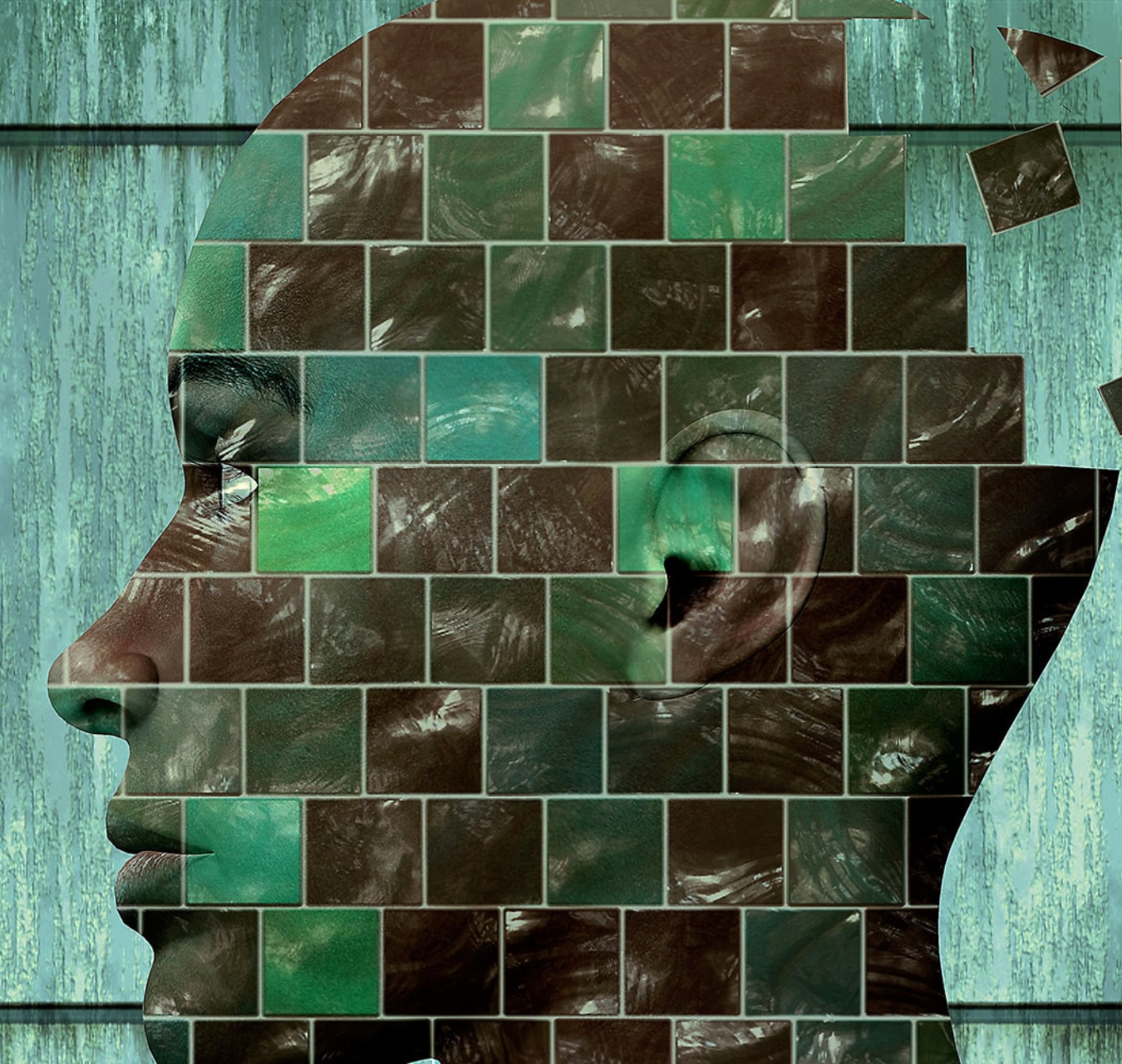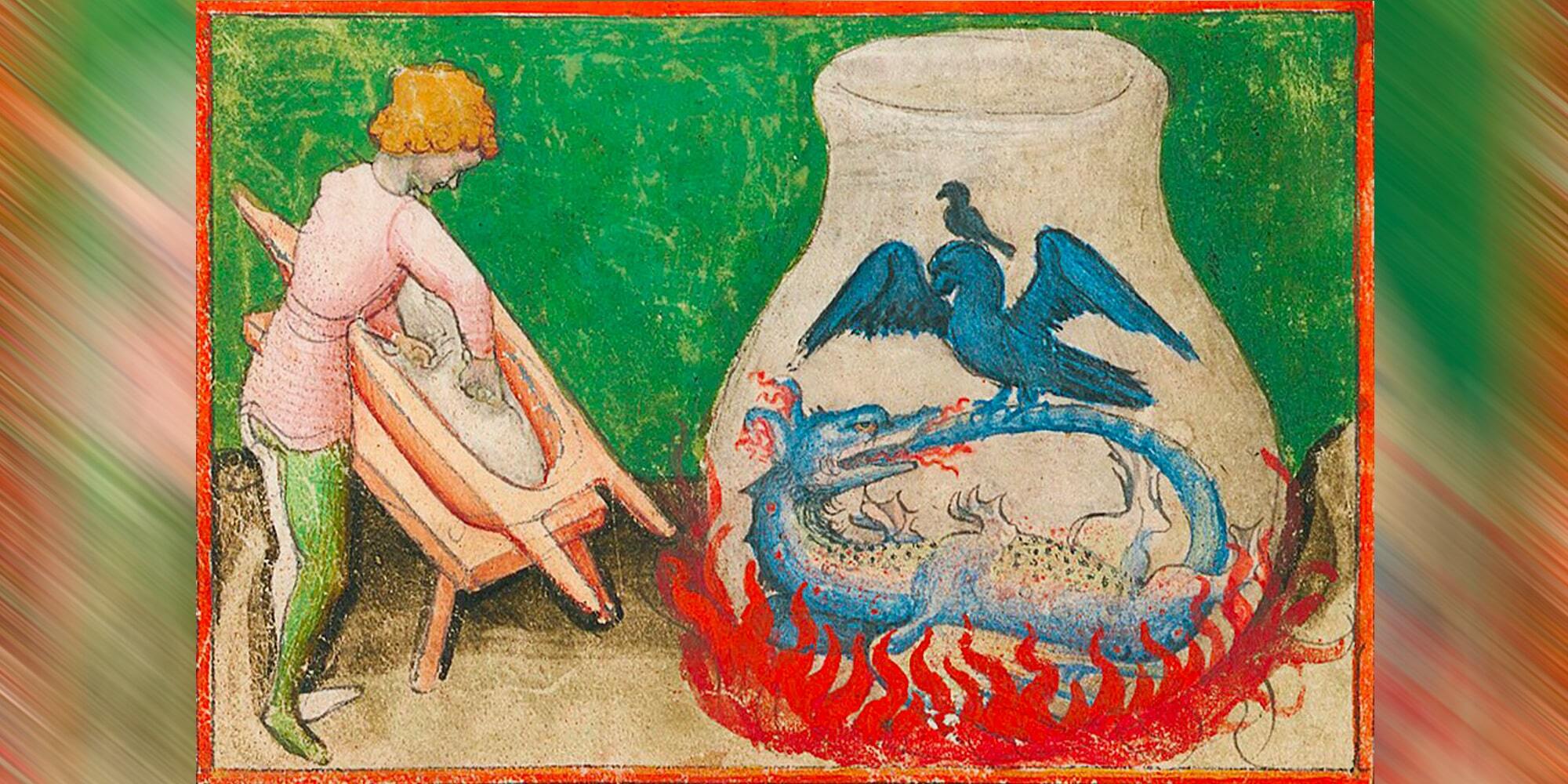The Multiplicity of the Psyche
The Multiplicity of the Psyche
Psychosynthesis Experiences – Part 1
Have you ever noticed how you act differently around your parents than you do with friends or colleagues? These shifting roles aren’t just social strategies - they reflect a deep psychological reality: we are not one, but many.
The Richness and Multiplicity of the Human Psyche
The first experience on the Psychosynthesis path is acknowledging the richness and multiplicity of the human psyche. Roberto Assagioli believed that within us exists a wide array of heterogeneous elements and contrasting tendencies. These account for the complexity, suffering, instability, and contradictions within the human soul.
He identified several sources for this inner complexity:
Sources of Psychological Multiplicity
1. Our primordial past
Shaped by phylogenetic evolution, this includes deep instincts and ancient drives.
2. Ancestral heritage
Influences from our lineage and family, passed down through generations.
3. External influences (biological, psychological, cultural):
- Environmental factors
- In-utero and perinatal experiences
- Early childhood psychic imprints
- Zeitgeist (spirit of the times)
- Race and nationality
- Social class and background
- Peer group influences
- Generational mindsets
- Impact of strong personalities (parents, celebrities, role models
These factors don’t remain isolated. Governed by the synthesising principle of the psyche, they tend to cluster and form distinct inner patterns - what we call subpersonalities.
What Are Subpersonalities?
Subpersonalities are the roles, characters, or masks we wear in relating to the world. Each has its own voice, needs, and way of being - manifesting on multiple levels:
- Embodied level: physical states, muscle tension, posture
- Behavioural level: gestures, facial expressions, verbal and non-verbal communication
- Emotional level: moods, needs, feelings, reactions
- Cognitive level: thoughts, beliefs, interpretations of reality
Real-Life Examples of Subpersonalities
Consider how you act in these different contexts:
- Family roles: child, parent, grandparent, aunt/uncle
- Social roles: friend, intellectual, spiritual seeker, activist
- Professional roles: manager, artist, student, therapist
- Life stages: inner child, teenager, elder
- Character-based roles: the warrior, the worrier, the seducer, the helper, the dreamer, the critic...
Each of these is a subpersonality that may rise in a given context—sometimes unconsciously, sometimes deliberately.
Navigating the Inner Cast of Characters
Some subpersonalities are familiar - part of our middle unconscious - the roles we play daily. Others are hidden in the lower unconscious, representing rejected or shadow parts we may feel ashamed of. Still others belong to the higher unconscious - latent potentials, talents, and aspirations yet to be fully born.
Subpersonalities from the lower unconscious may be linked to unresolved wounds; those from the higher unconscious may hold the keys to our calling and creativity. Both deserve attention, integration, and compassion.
Why This Matters
Recognising and working with subpersonalities is a foundational experience in Psychosynthesis. It allows us to see ourselves more fully - not as fragmented or flawed, but as richly layered and capable of growth. In time, these parts can be integrated and harmonised under the guidance of a deeper, unifying Self.
Resources to explore further:
- The Way of Psychosynthesis, Synthesis Insights (Part 4, Ch. I) – Buy now
- Know, Love, Transform yourself (Vol. I) – Buy now
- Know, Love, Transform yourself (Vol. II)– Buy now
.jpg)
Petra Guggisberg Nocelli
Petra has published several articles and two comprehensive and exhaustive texts on Psychosynthesis that serve as key references in the field: The Way of Psychosynthesis and Know, Love, Transform Yourself. Her work integrates clinical practice, training, and writing, offering a rich contribution to the ongoing evolution of Psychosynthesis. She is a proud mother of two beloved children, Viola and Emiliano, and shares her home with two mischievous cats.



